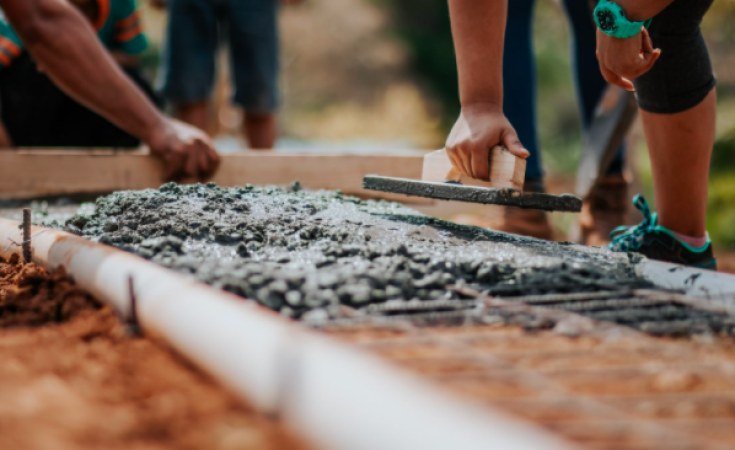Ever suffer from a cold feeling in the house, do you feel the draft from outside entering the house? Are you so fed up with the sky-high heating costs? Then ensure a well-insulated house and pleasant living . By using home insulation, everyone reduces energy costs and can be seen as an investment in yourself. Because the house loses less heat through the windows, walls, the roof or the floor, heating is required less often. XPS insulation is an option here. Let's dive a little deeper into this.
What is XPS insulation?
This insulation material consists of extruded polystyrene , which is a plastic insulation material in the form of insulation boards or planks. It is made of styrene, which is where the name extracted polystyrene comes from. This material is a residual product of petroleum. Solid plastic is melted by friction and formed under high pressure into plates with a closed cell structure. The cells inside the plate or shelf are filled with air. As a result, it does not absorb water and heat loss is very limited in the home.
An XPS insulation board or plank can be found with or without tongue and groove. It is also called rigid foam and it has a lot of EPS or Styrofoam plates. XPS does have a better effect than EPS because it is pressure-resistant. Thanks to the closed cell structure, it is very moisture resistant, which makes it suitable for damp rooms.
A variant of XPS insulation materials are XPS toe boards. The toe board (Dutch: xps kantplank ) is glued with a wood fiber cement board. XPS insulation toe boards are intended to prevent cold bridges in floor constructions such as between a frame and the masonry.
What can you use XPS insulation for?
Inverted roofs, flat roof insulation on the outside (Dutch: plat dak isoleren buitenzijde ), floor insulation, facade insulation, cavity wall insulation and basement insulation. If you have a flat roof it is not recommended to use it because it will deform above a temperature of 80 degrees
Advantages XPS insulation
One of the biggest advantages of XPS insulation is that the materials can withstand a high pressure of >300 kPa. This means that this type of insulation can bear more than 30,000 kilos per square meter with a maximum deformation of 10%. The plates are very walkable and are therefore often used in floors, flat roofs and heavily trafficked surfaces.
Low moisture absorption prevents problems with moisture or mold and the material also has a high vapor permeability This makes it very suitable for bathrooms, such as the Marmox XPS plates. Another advantage of these plates is the light weight, which makes it easy to work.
Disadvantages XPS insulation
XPS is flammable, whereby the smoke that is released during a fire is less harmful than with PUR. XPS is not the cheapest insulator on the market. But if you take PIR or PUR, for example, you will still be cheaper with XPS. The processing of chemicals required during the production of this material makes it a less environmentally friendly insulator.


